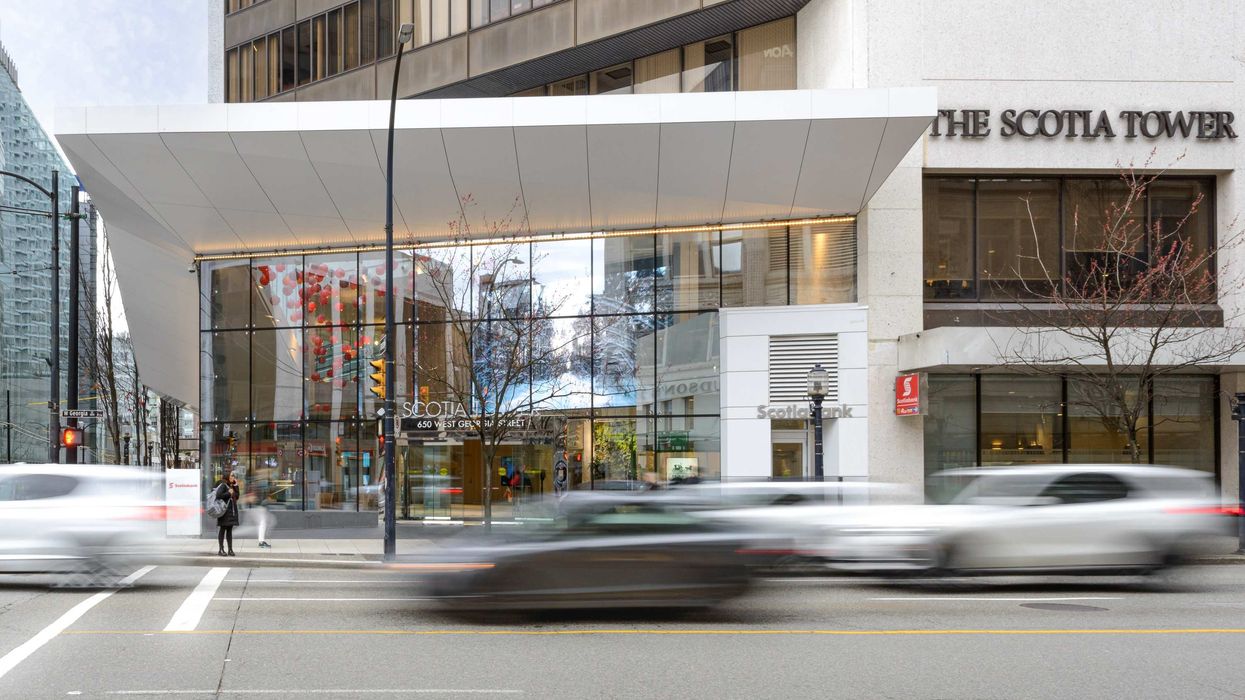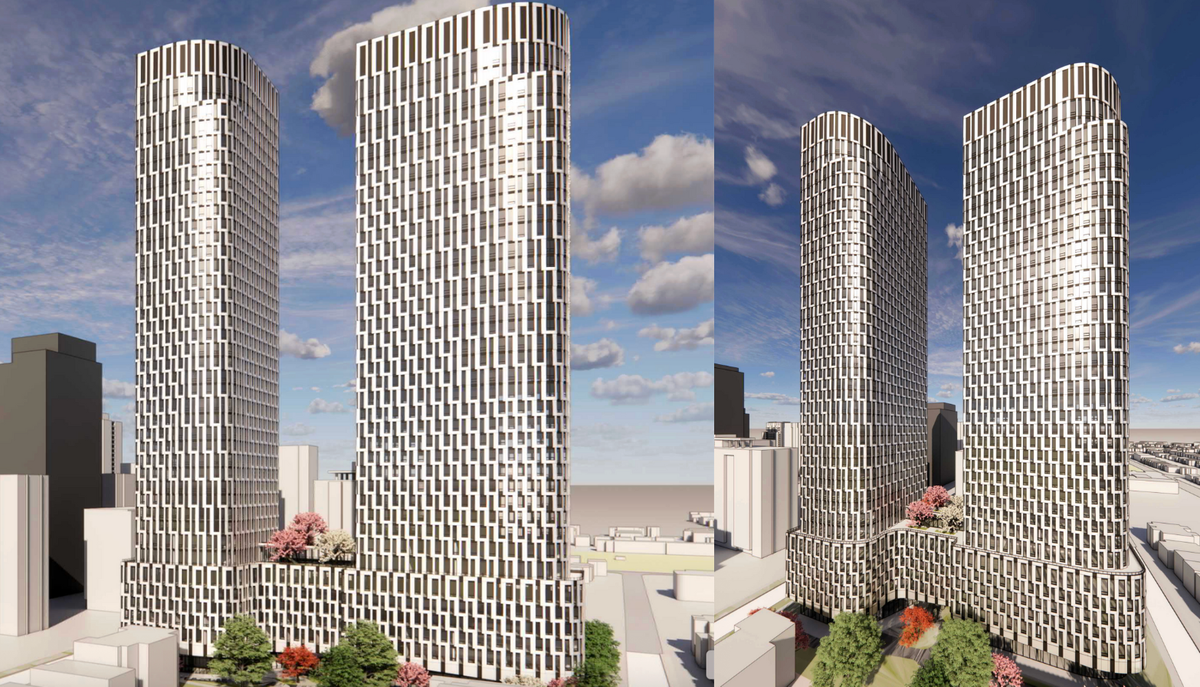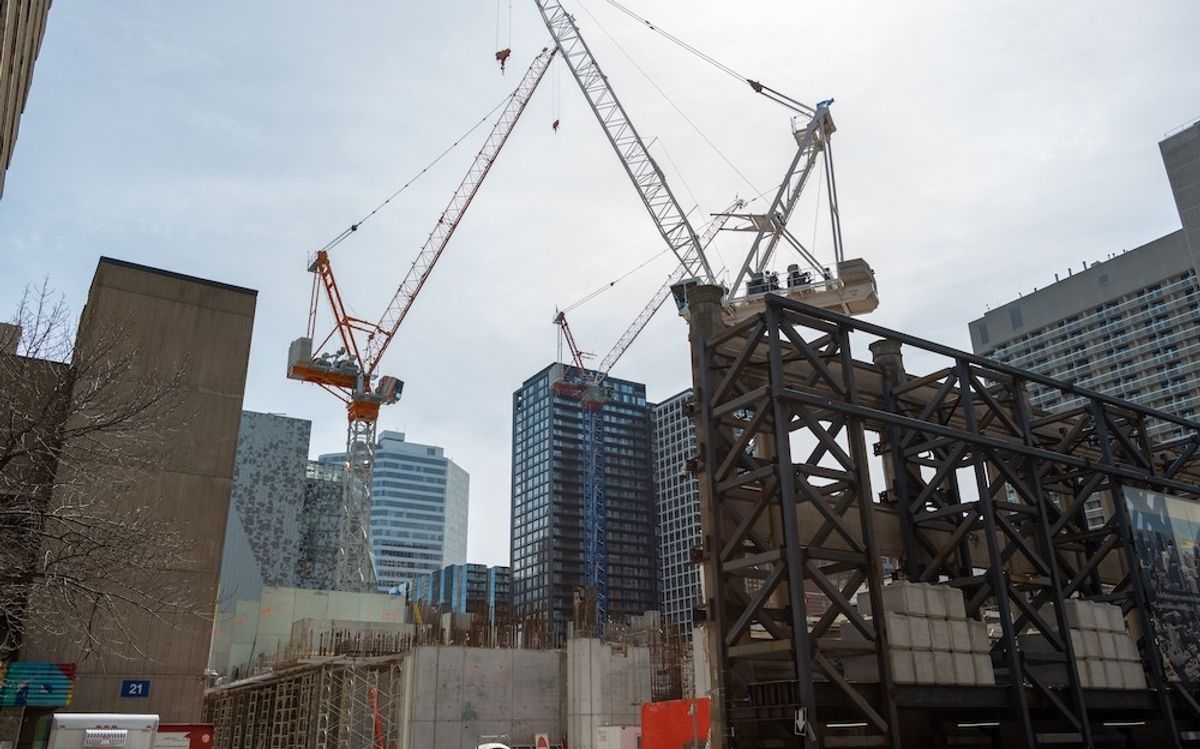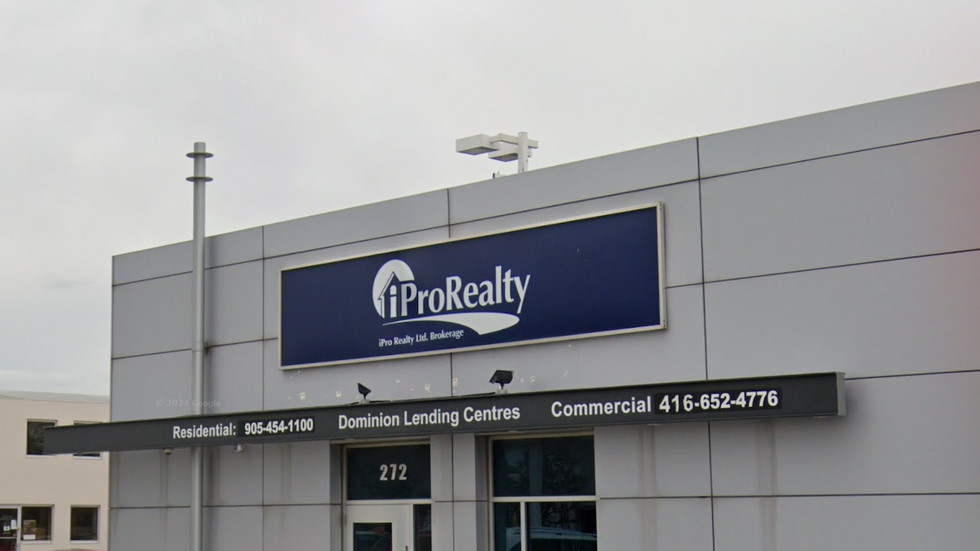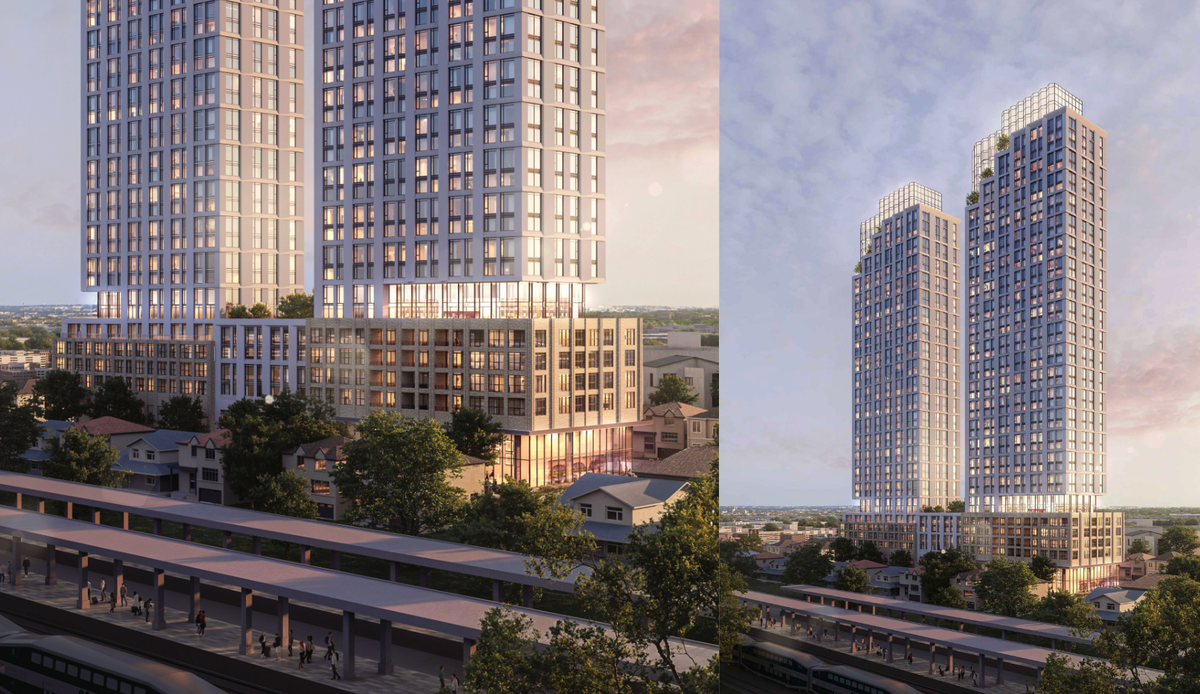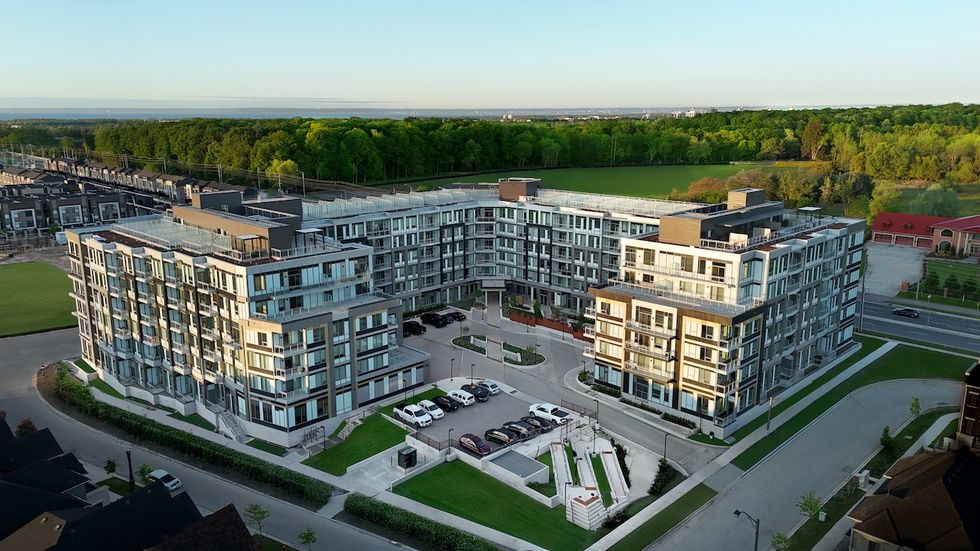This article was written and submitted by Wendy Waters, VP of Research Services & Strategy at GWL Realty Advisors.
Numerous employers — especially Canada’s big banks — have announced workplace policies to have their employees in the office four or five days per week. For many, it will be the first time for full attendance most days since COVID-19 sent everyone home in March 2020.
Some are facing a space availability shock. Employers do not have enough office space to accommodate a return to office policy. Over the past five years office-oriented employment has expanded by 695,000 jobs or 25% in Canada. Conversely, leased office space has declined by over 21 million feet across Canada’s or 5%.
A rebound in office demand is underway. As The Globe and Mail recently reported, even with only partial return-to-office mandates, employees at Canada’s largest banks are already being squeezed into shared meeting rooms and cafeterias rather than having proper workstations. Some are forced to arrive by 7AM to secure a desk. The banks need more space. So do other office-intensive sectors including engineering companies, accounting and legal firms, and the technology sector.
Pre-COVID-19 and recently, two factors (besides remote working) were driving a reduction in space requirements per employee and allowing larger employers to reduce their total office footprint: the digital revolution and, for some, increased use of agile seating.Working from WIFI-connected laptops and smart phones is more compact than accommodating desktops with large clunky cube-shaped monitors and land lines. Digital document storage means many fewer filing cabinets. These factors combined to allow for less space usage per person (or per person plus their technology and paper). However, this consolidation based on technological innovation is largely complete. More office workers means office tenants now, or soon will, need more space.

Digital working also enabled greater use of agile or unassigned seating. The theory was that at any given time anywhere from 20-50% of desks were unoccupied (even pre-COVID). The assigned worker might be in a meeting room, on vacation, sick, or with clients.Therefore, the logic went, employees could share desks as people would not all need individual desks at the same time.
Some larger office users looking to shave costs from their balance sheets often seized on space efficiencies enable by having fewer desks than people. But skimping on office space may be more costly overall.For most employers labour represents approximately 80-85% of company expenses. Office space is usually less than 5% of costs (technology, travel, various supplies represent the remainder.) Saving a few dollars on office space but making your talent less efficient by forcing them to work off their laps, struggle to find colleagues, and/or get frustrated and quit hardly seems like a successful business strategy. This is a reason some office users seek more space.
Having insufficient desks can increase workplace stress and undermine productivity. People waste time in complex booking systems or fighting over workstations. Not everyone can effectively work in the cafeteria or coffee room; those who work with big spreadsheets or complex architectural drawings need big screens. Without appropriate workplaces these individuals cannot be productive.Design consultancy Gensler’s research has shown that more workspaces than people is an essential feature of an effective, enjoyable workplace, whether desks are assigned or not.People need access to the right space at the right time. This means more office space will be required for many tenants.
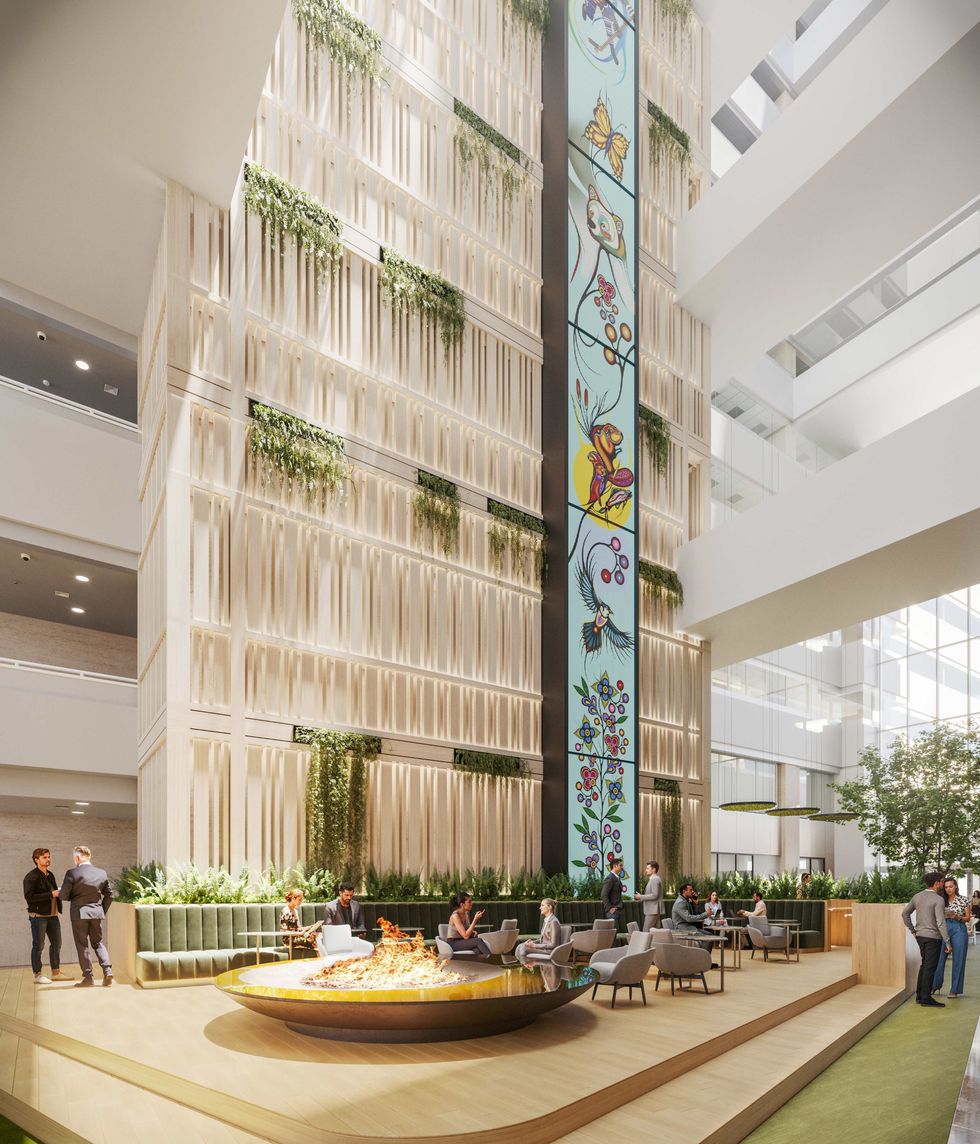
But even when there are ample seats, hotdesking still presents challenges. Unassigned seats can make it challenging for team members to find each other and collaborate. If a group of colleagues cannot sit near each other, or find each other, it is harder to have those quick check-ins and collaboration moments. Additionally, many employees feel devalued by not having their own workspace. Indeed, Gensler’s research suggests use of agile seating is not growing. We anticipate partial or full reversals from some current proponents of the style, which for some organizations will require leasing more office space.
The office building and asset class has once again proven resilient. Following every major technological breakthrough of the past 70+ years, some have argued that the office building was no longer needed.Telephones (land lines) became widespread in the 1950s and 1960s and could keep us connected from remote locations. Then it was the rise of the PC in the 1980s allowing more work to be done away from mainframes. The 1990s brought mobile phones — albeit big clunky ones — and email via dial-up modems. And then came high speed home internet. After each of these breakthroughs, discussions of remote work displacing office work grew. Video conferencing — the 2020s innovation--provided a new tool for connecting people unable to be in the room. However, time has proven video conferencing does not fully replace the value of in-person connections.
Humans are social creatures. Being at the office does more than generate measurable productivity such as filling out spreadsheets. Working together helps people to build relationships that enable collaboration, or the sharing of knowledge and those serendipity moments when one person’s experience can enable another’s innovation.
To summarize, office demand is returning. Daily, the news media announces yet another large employer mandating employees back to work four or five days. People working from home enabled many larger employers to add people but shrink their office footprint. With more companies seeing the benefits of having their workforce together most of the time, they now need enough space for all their employees. 2026 is shaping up to be the rebound year for office.
